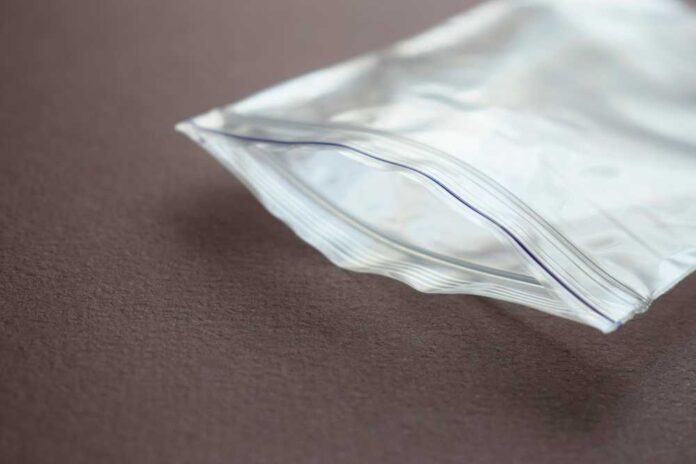
Microplastics are tiny pieces of plastic that are less than five millimeters (approximately the size of a pencil eraser) in length.
They typically result from the breakdown of larger plastic objects (such as bottles and bags) or the shedding of synthetic fibers (such as from clothes and carpets). Then they can spread widely throughout the environment, including water sources, the air, and food supply.
Recent estimates suggest that each person may ingest between 0.1 and 5 grams of microplastics weekly.
This has led to growing concerns about the potential health risks of microplastics, mainly since many of these particles are small enough to pass through the gut and enter our bloodstream.
Current Available Evidence
There is very little evidence to conclude that microplastics pose a significant health risk to humans.
However, this doesn’t mean that microplastics are safe. Few studies have been conducted on the topic, and more research is needed to determine the potential risks.
This is a very new field of research, and methods for detecting and measuring microplastics in the human body are still being tested and developed.
So far, microplastics have been found in blood, breast milk, placentas, lung tissue, the digestive tract, and stools.
Research hasn’t yet confirmed that the presence of microplastics in these tissues is harmful, but it also hasn’t ruled out the possibility.
Potential Health Hazards of Microplastics
One concern about microplastics in the human body is that they may cause excess inflammation, which has been linked to various chronic health conditions.
Your immune system typically responds to pathogenic substances, including bacteria and viruses, by mounting an inflammatory response. This helps to control and eliminate foreign invaders. But your immune cells aren’t quite able to degrade and destroy microplastics similarly.
This means that the immune system may continue to try to fight the microplastics without ever completely winning, leading to a chronic state of inflammation.
Another concern is not necessarily the plastic itself but rather the chemicals that are added to plastic during manufacturing.
This includes:
- BPA, or bisphenol A, is a plasticizer that gives plastics a hard, clear finish
- Phthalates, which make plastics more pliable and less likely to break
- Heavy metals, can stabilize the plastic and prevent it from degrading
- Flame-retardants, which prevent plastics from catching on fire
These and other chemicals can stay attached to microplastics and enter the human body with plastic particles.
These chemicals can then disrupt hormones, damage cells, and cause other negative health effects.
Microplastics can also act as carriers for harmful bacteria and viruses, potentially leading to a higher risk for infectious diseases.
What Can You Do To Stay Safe?
Microplastics are everywhere, and it’s probably impossible to avoid them completely.
Water filtration may help, either through at-home filtration systems or municipal water treatment.
But ultimately, this systemic problem will require large-scale changes, such as better waste management and the developing of alternative materials.
In the meantime, avoiding single-use plastics, such as straws, plastic bags, and water bottles, is a good way to reduce the environmental impact of plastic pollution and may also help to reduce your exposure to microplastics.
You may also be able to help by supporting organizations working to reduce plastic pollution and promote sustainable solutions.






















